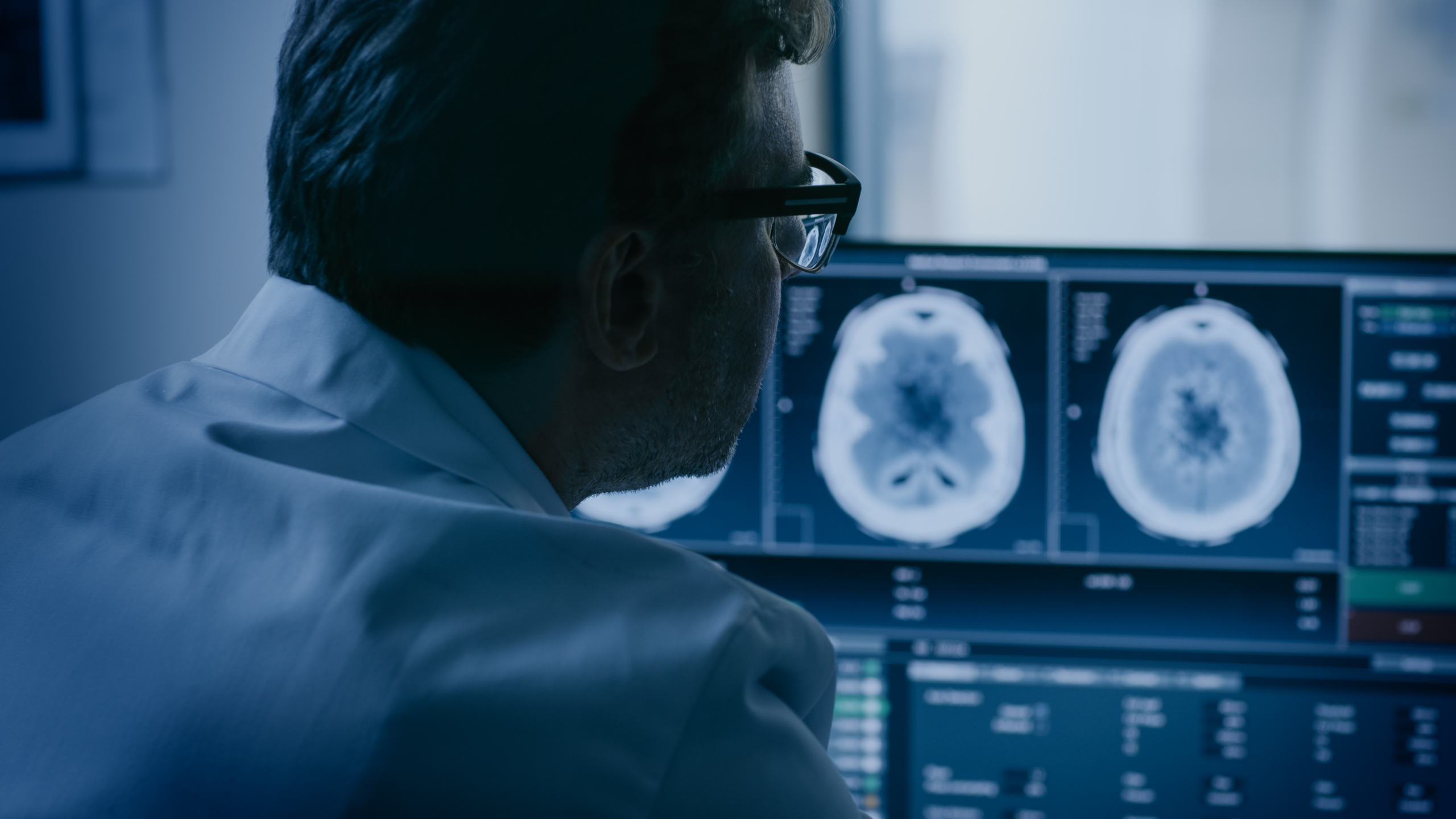Artificial intelligence, neural networks and deep learning are the terms redefining medical proficiency and patient care in the healthcare industry
Deep neural networks consist of multiple layers that allow for machines to sieve through vast quantities of data, solving complex problems and unlocking answers. It is the elegant evolution of AI capability and machine learning potential using mathematical models that are structured along the same lines as the human brain. It is also a field that is seeing significant growth and uptake, according to IDC, with worldwide spend on cognitive and AI systems set to reach $US 77.6 billion by 2022.
The use case for deep learning that is set to see the most rapid growth over the next four years is in the medical industry, specifically within the realm of medical imaging. Deep learning for medical imaging is evolving quickly and is being harnessed in the radiology profession thanks to its ability to interpret and analyze vast quantities of data.
Deep learning: a brief history of success
A paper presented by Alexander Selvikvåg Lundervold entitled ‘An overview of deep learning medical imaging focusing on MRI’, examines the impact of the technology on the profession and the potential it has to enhance the profession.
“In medical imaging, the interest in deep learning is mostly triggered by convolutional neural networks (CNN), a powerful way to learn useful representations of images and other structured data.” The paper goes on to point out that in the past these features were managed manually or with limited computing power, but today the availability of increasingly powerful computational tools and technologies is changing the landscape significantly. Deep learning has the ability to improve healthcare and there’s scope for implementing models that can reduce admin while improving insight into patient need.
In addition to deep learning medical imaging, the technology has been applied across several other areas over the years. These include AI-powered chatbots that can identify patterns in patient symptoms, deep learning algorithms designed to identify certain cancers, pathology, and the identification of rare diseases. Within each of these areas, deep learning plays a fundamental role in providing the medical professional with insights that allow them to identify issues early and provide highly personalized and relevant patient care.
Deep learning could almost be defined as the surgical instrument cutting through the swathes of generated data to get to what’s important, relevant and immediate. In light of the fact that research has found that the doubling time of medical knowledge is set to increase from seven years in 1980 to 73 days by 2020, it is increasingly a crucial tool for the medical professional.
Deep learning medical imaging
The radiology profession is one that stands to benefit enormously from the potential of deep learning. In a paper published by RadioGraphics by Gabriel Chartrand et al [Deep Learning: A Primer for Radiologists], the benefits of deep learning medical imaging are outlined succinctly:
“Medical image analysis and interpretation are fundamental cognitive tasks of a diagnostic radiologist. Effective computer automation of these tasks has historically been difficult despite technical advances in computer vision…”
Deep learning has been making impressive strides in radiology solutions, providing the tools required to streamline and simplify detailed data analysis and improve diagnosis. It can be trained and it can learn. It can also support clinicians so effectively that it can potentially reduce reporting delays and highlight cases that are either urgent or critical. However, it is a tool. It cannot replace the radiologist as a profession, it can merely enhance their role and improve the way that they work. Deep learning medical imaging can only benefit from intense collaboration with industry and innovation. It requires constant change, adaptation and agility in order to learn and improve its reliability and outcomes.


The Association of University Radiologists Radiology Research Alliance Task Force submitted a paper on Deep Learning in Radiology that neatly defines how this technology can benefit the profession over both the long and the short term.
“By taking advantage of this powerful tool, radiologists can become increasingly more accurate in their interpretations with fewer errors and spend more time to focus on patient care.”
Medical imaging and the algorithm
Within the complexity of the neural network, the artificial intelligence and the computer that drives deep learning, lies the algorithm that defines the task and the data. These deep learning algorithms have been used to enhance the results across numerous medical imaging sectors including specialized areas of oncology such as breast cancer or brain tumors, interstitial lung disease, intracranial hemorrhages, and abnormalities in the head and neck. These algorithms are trained to recognize specific markers as determined by design or application and form the basis of deep learning.
Solutions like ours have already been implemented by the radiology profession to enhance workflow and ensure that abnormalities are swiftly identified and prioritized. As we begin to see the horizon beyond the initial AI hype curve in healthcare, deep learning will become an increasingly valuable application for optimizing radiology workflows and improving patient care.
Deep learning and the emerging technologies that surround and define it offer the radiologist an opportunity to change the radiology landscape and to transform its efficacy in the future. The next step is one on a road that will allow for the medical professional to engage with deep learning medical imaging technology so as to further refine potential and capability.








